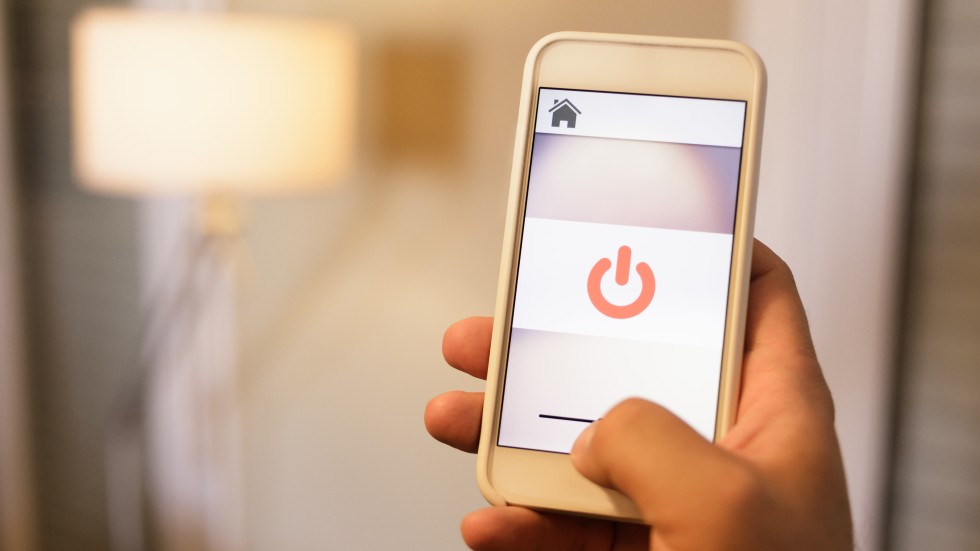Over the past decade, smart phones have found their way into the hands of more and more children and teenagers.
As phone and social media use continues to rise, parents are finding themselves bombarded with information about limiting screen time and the dangers of social media. The seemingly endless information on these topics can be downright overwhelming.
To help parents navigate this digital era, we sat down with Kelsey Conn, LCSW-C and Ellen Brandenburg, LCSW-C, social workers on the female adolescent unit at our Towson hospital.
It’s important to remember that every child is different, and there is no one-size-fits-all approach to screen time. Kelsey and Erin shared some overarching guidelines for smartphone use that start with the establishment of a ‘smartphone contract’. Here are their thoughts on what to include:
- Passwords. Your child may not agree, but you should have access to their phone and social media passwords (even if you don’t intend to use them). Remind your child that you’ll respect their privacy, but if you start to see signs of depression, anxiety, or have other concerns, you may need to intervene.
- Know the relevant apps. You should know what apps are on your child’s phone and how to navigate them. Some apps are “layered,” meaning they have a false front that hides other functions. You should also be aware of any apps that can have dangerous consequences and make your children aware of their potential as well. When it comes to social media, work with your child on their privacy settings, and remind them that they should not post anything that they would not want their grandparents to see.
- Set a phone curfew. Kids are not great at regulating their sleep; many also have a strong urge to check in and see what their friends are up to. A lack of sleep can contribute to the development depression, anxiety, and even poor school performance. If your child struggles with voluntarily turning their phone off at night, have them charge it in the kitchen, or download an app where you can turn their apps off remotely. You can also work together with their friends’ parents to agree on the same curfew.
- Have “no phone” time. Face-to-face interaction and active time without phones are of the utmost importance. Set time in the day when phones are not used; this can be during mealtimes, homework time, or even family time. Make sure you model this behavior, too!
As always, trust your instincts: you know your child. If you see changes in behavior or grades and you are concerned, start a conversation with your child’s pediatrician or a trusted therapist.

